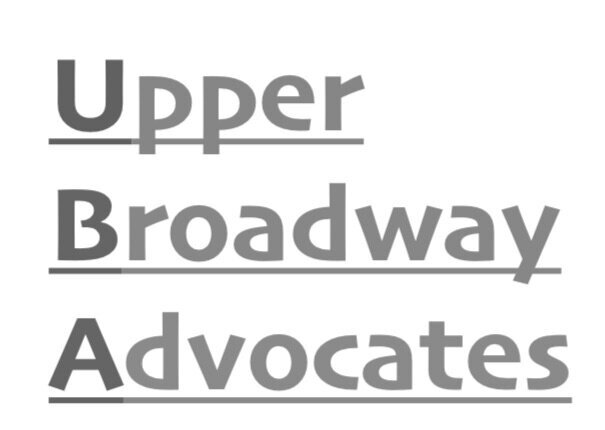3. Sustainabilty:
a. What are our City’s own sustainability goals and regulations? We need to ensure that these are adhered to...
City of Oakland’s 2030 EQUITABLE CLIMATE ACTION PLAN (ECAP) A Just Transition for Oakland
http://www.oakland2030.com
Here are the four stated goals for BUILDINGS:
Eliminate natural gas use in buildings
Provide low cost clean energy to frontline communities
Prevent refrigerant pollution
Reduce embodied carbon of buildings
Here are Oakland’s Green Building Ordinances and Code Requirements: https://www.oaklandca.gov/topics/green-building
“(Oakland’s 2030 Equitable Climate Action Plan) “calls for developing and concentrating new housing near transit, along with measures to ‘encourage and incentivize’ affordable housing...it calls for various ways to reduce car use and sets a goal of free, zero-emission public transportation. But Lina Ghanem, a member of the Neighborhood Leadership Cohort, said in an interview, “if we’re going to reduce car use, how can we do that in a way that doesn’t punish seniors and people with disabilities? And what about people who don’t feel safe on public transportation? And there are many parts of Oakland that buses and BART don’t go to.”
The city’s draft plan does not mention one of the participants’ top ten priorities: “improving public transit with more frequent, reliable service, public safety at bus stops, more destinations, more amenities.” ...(T)the plan’s action items include nothing about another priority in the top ten: designing streets to be safer for bicyclists and pedestrians.””
b. what are cca’s stated sustainability goals?
Here is what CCA says on its website in its Statement of Values for new construction in San Francisco:
“… faculty, student, staff, and trustee representation, developed the following values that represent the college's core principles as they pertain to sustainability. These basic tenets are drawn upon frequently to ensure all future growth—curricular, technological, architectural—takes into consideration these best-practice guidelines.
Minimize harm and optimize benefits to the environment and society in our daily endeavors
Apply the sustainability values we teach to our students to our facilities, transportation, and purchasing and investing practices
Provide the tools and resources that motivate our community members to be sustainability leaders
Draw on and contribute to the resources, knowledge, and initiatives uniquely available in the San Francisco Bay Area
Foster an academic and operational culture of continuing sustainability innovation
Identify and promote career opportunities in sustainable practices for our students.”
Further, CCA states that their Strategic Plan aims to “…cultivate diversity, foster excellence, connect communities, and lead responsibly.” UBA hopes CCA will ensure that these same values and aims are echoed in the development they leave behind in Oakland.
“The environmental goals should have been incorporated earlier in the planning process and citizens should have been involved more intensively. There could also have been an evaluation system available from the very beginning of the process. ”
c. here are UBA’s sustainability goals:
UBA envisions a development on the site that:
maintains open space and mitigates the tremendous loss of trees; (click here to see Arborist’s Report)
uses green and sustainable construction methods and meets a minimum Bronze LEED certification;
addresses issues revealed after an exhaustive traffic study, (including public transportation and parking analyses) within 1.5 miles of the site, and assessing the traffic congestion burden on Clifton street (including second entrance option. See TRAFFIC section for detail);
provides adequate space for ride-sharing pick up and drop off, electrical charging for cars and scooters;
includes a reduced parking ratio per unit. This ratio should reflect realistic neighborhood traffic, parking, and public transit conditions as studied by an independent traffic consultant;
exceeds all ADA access requirements;
doesn’t burden the City with infrastructure costs;
meets requirements for adequate underground utilities;
ensures privacy is maintained nearby at 1-2 story homes;
maintains current amount of shade and ensures no glare impacts from any tall structure;
ensures hazardous material removal during construction; and
lessens the negative social justice impact of yet another luxury housing development.
